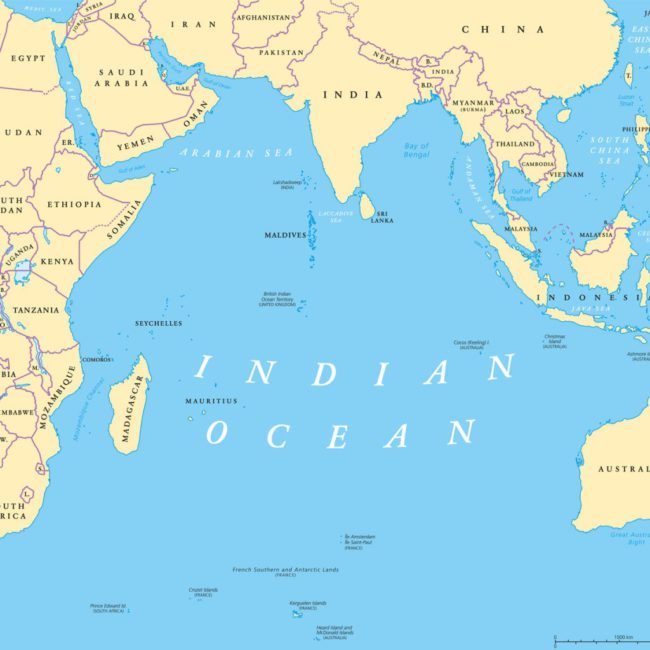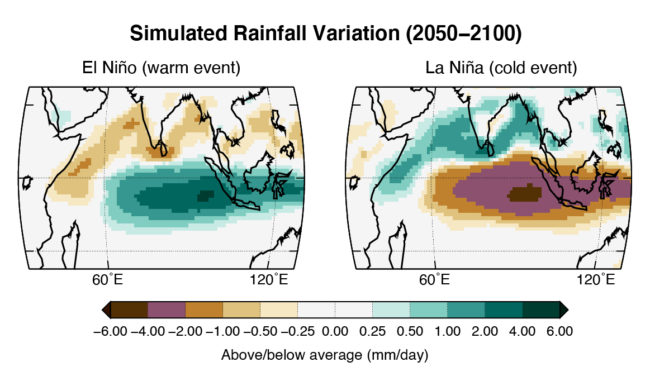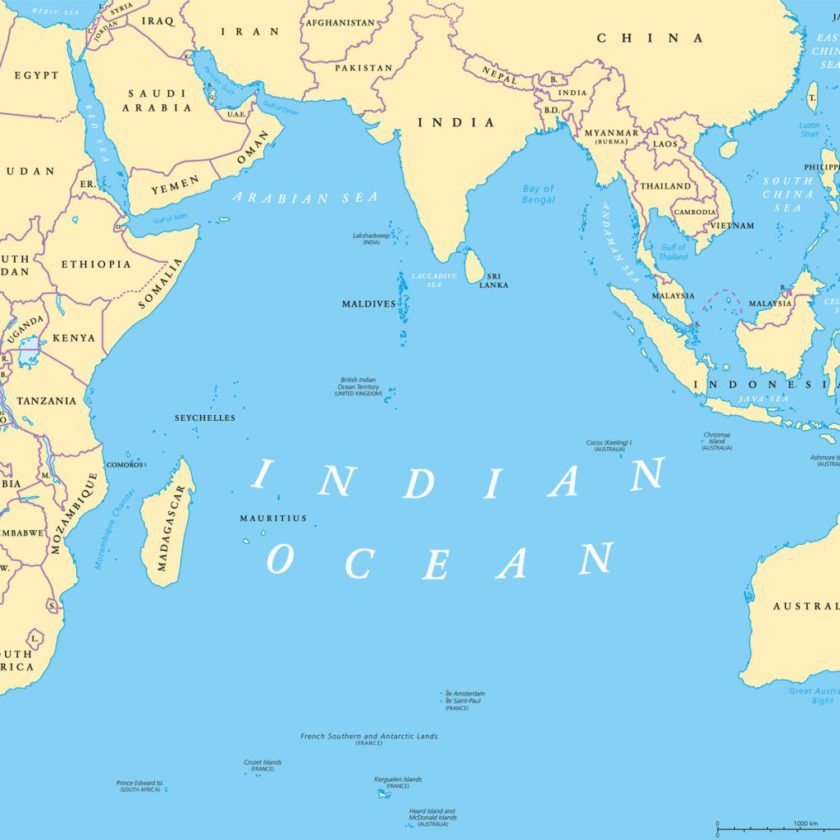
Today the Indian Ocean does not have a Pacific Ocean like El Niño. Climate Change may change that.
In July of last year a paper was published that highlighted that back in the last Glacial Maximum (19,000–21,000 years ago) it once did. They discovered that at that time variations in sea surface temperature were a lot greater and strongly resembled the Pacific El Niño.
A few days ago the same team of researchers published a new paper that builds upon that previous work. Let’s take a look.
Study: Emergence of an equatorial mode of climate variability in the Indian Ocean
Published in Science Advances on 6th May, it lays out the impact that Climate Change will have.
Briefly, a four step summary …
- Presently, the Indian Ocean is in a climate state that prevents strong year-to-year climate variations
- Using climate model simulations, the researchers have uncovered the emergence of a mode of climate variability capable of generating unprecedented sea surface temperature and rainfall fluctuations across the Indian Ocean.
- This is a mode that is consistent with the predictions of continued greenhouse warming
- The impact from the change in the weather for this would be dire for all those living around the rim of the Indian Ocean.
When?
Computer simulations of climate change during the second half of the century show that global warming could disturb the Indian Ocean’s surface temperatures, causing them to rise and fall year to year much more steeply than they do today.
“Our research shows that raising or lowering the average global temperature just a few degrees triggers the Indian Ocean to operate exactly the same as the other tropical oceans, with less uniform surface temperatures across the equator, more variable climate, and with its own El Niño,”
…said lead author Pedro DiNezio, a climate scientist at the University of Texas Institute for Geophysics, a research unit of the UT Jackson School of Geosciences.
This could potentially emerge as early as 2050.
The world we live on is changing
“Greenhouse warming is creating a planet that will be completely different from what we know today, or what we have known in the 20th century,” DiNezio said.
Co-author Kaustubh Thirumalai, who led the study that discovered evidence of the ice age Indian Ocean El Niño, said that the way glacial conditions affected wind and ocean currents in the Indian Ocean in the past is similar to the way global warming affects them in the simulations.
“This means the present-day Indian Ocean might in fact be unusual,” said Thirumalai, who is an assistant professor at the University of Arizona.
How will things change because of this?
There will be disruption of the monsoons over East Africa and Asia. There will be more extreme periods of deluge and drought.

Today large populations depend upon the annual monsoons to grow crops. This would change all that.
Is this really true, how exactly did they determine all of this?
Here is how they describe it and why their conclusions are credible and not simply an abstract work decoupled from reality…
We analyze an ensemble of simulations of 21st-century climate performed by 36 models participating in the Coupled Model Intercomparison Project 5 (CMIP5). These simulations were run under increasing GHG (Greenhouse Gas) concentrations following a “business as usual” high-emission scenario (see “Data” and “Methods” sections). These models accurately reproduce the observed patterns of variability in the southeastern IO (Indian Ocean) (fig. S1) as well as long-term changes in the east-west gradient over the 1900–2017 period (fig. S2), lending credibility to their predictions of an altered mean state under continued greenhouse warming throughout the second half of the 21st century.
Yes, it is just a model, but it is also credible.
Climate change is here and this is one possible way it will play out if we continue to not take meaningful and decisive action.
Indian Ocean El Niño – Further Reading
- AGU (July 2019): An El Niño Mode in the Glacial Indian Ocean?
- Science Advances (6th May 2020): Emergence of an equatorial mode of climate variability in the Indian Ocean
- University of Texas (Press Release): Climate Change Could Reawaken Indian Ocean El Niño
